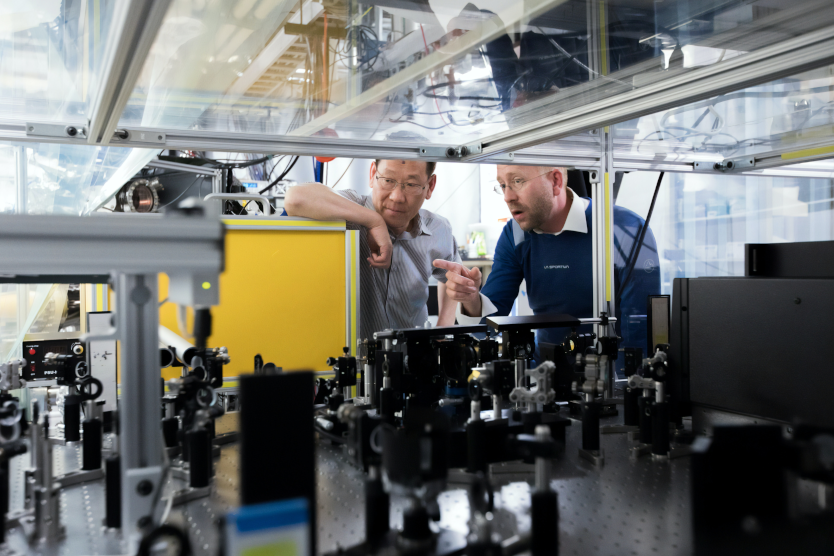
TEGs are solid state devices that convert temperature differences directly into electrical energy.
© Unsplash
Thermoelectric generators (TEGs) are vital for harnessing ‘low-grade’ heat (below 300 degrees centigrade) which is dissipated as waste heat when fossil fuels are burned. Put into context, it is estimated that over 60 percent of all energy generated from the combustion hydrocarbons globally is lost, and over half of that wastage is low-grade heat. Capturing this heat and turning it into electricity, therefore reduces the burden on primary energy supply and greenhouse gas emissions.
TEGs are solid state devices that convert temperature differences directly into electrical energy. For the past 50 years, commercial TEG modules have been made from bismuth-telluride-based compounds – due to their unsurpassed thermoelectric properties at low-grade temperatures. However, tellurium is scarce (with a concentration of less than 0.001 parts per million in the Earth’s crust), which has limited the use of the technology.
That’s why scientists from the Leibniz Institute for Solid State and Materials Research Dresden (IFW), working in cooperation with Professor Zhifeng Ren from the Texas Center for Superconductivity (TcSUH) at the University of Houston, have now developed a high performance, tellurium-free device based on magnesium-antimony compounds. The novel generators achieve 7 percent efficiency at a temperature difference of 250 degrees centigrade (more than its tellurium predecessor which was less than 5.2 percent) and the manufacturing process can be easily scaled.
The discovery is good news for Germany’s energy turnaround as it will spur on the wider application of thermoelectric technology in converting low-grade heat to electricity and for use in cooling systems. The research has been supported so far by the IFW Dresden and the Alexander von Humboldt Foundation.


